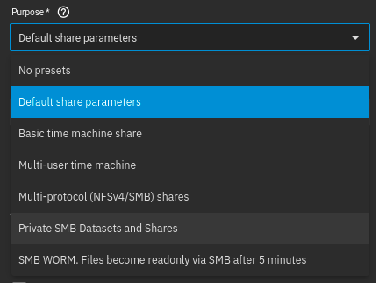

This is what I do as well. I have a public DNS record for my internal reverse proxy IP (no need to expose my public IP and associate it with my domain). I let NPM reach out to the DNS provider to complete verification challenge using an account token, NPM can then get a valid cert from Let’s Encrypt and nothing is exposed. All inbound traffic on 80/443 remains blocked as normal.








Thanks, I’ll need to have a look at how the chipset link works, and how the southbridge combines incoming PCIe lanes to reduce the number of connections from 24 in my example, to the 4 available. Despite this though, and considering these devices are typically PCIe 3.0, operating at the maximum spec, they could swamp the link with 3x the data it has bandwidth for (24x3.0 is 23.64GB/s, vs 4x4.0 being 7.88GB/s).